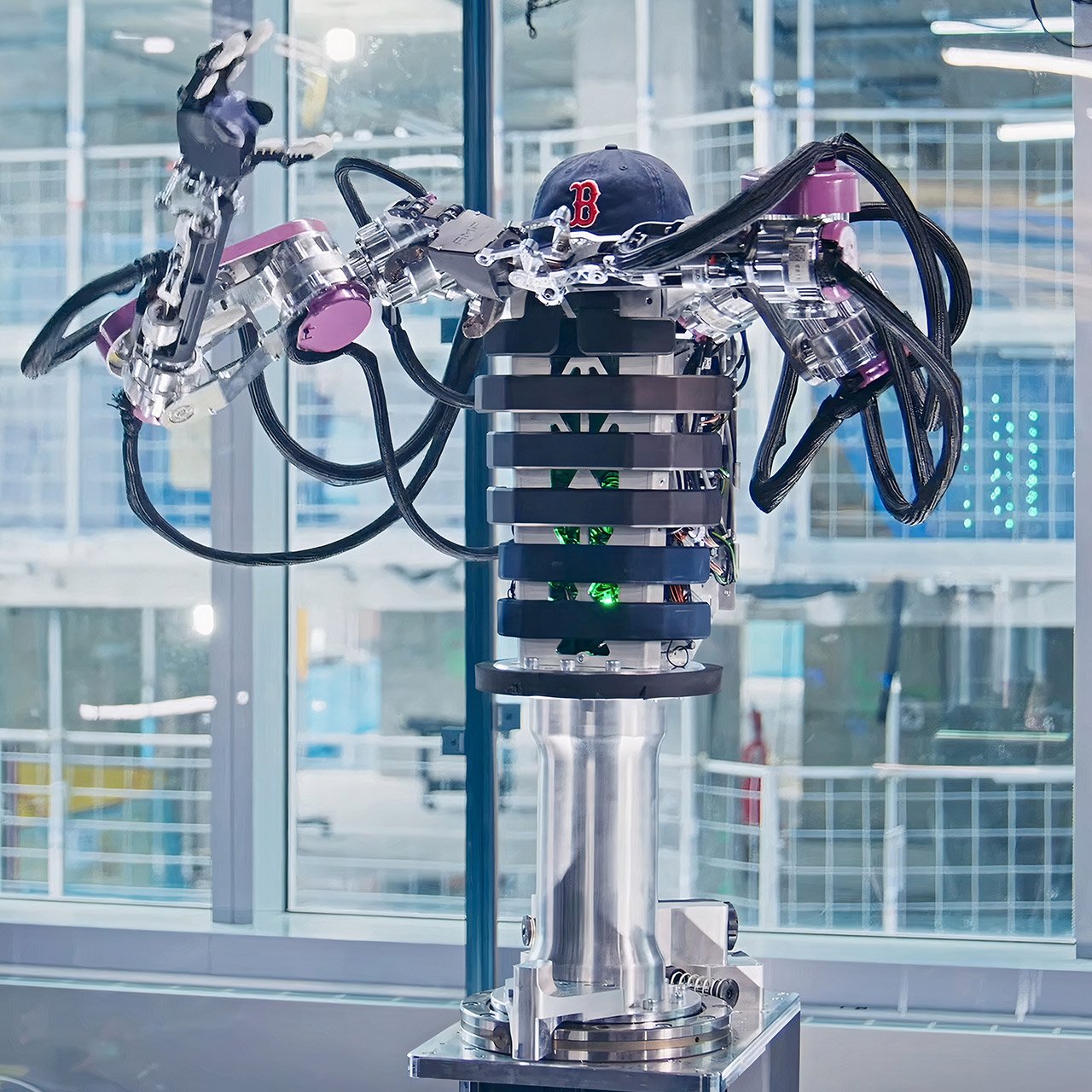Robots Playing Catch at 70 mph: Inside RAI Institute’s Quest for Human-Speed Machines
Two robots stand seven meters apart on an indoor court, arms outstretched like outfielders warming up before a game. One fires a baseball at nearly 70 mph—a solid high-school fastball—while the other snaps its receiving arm forward, snagging the ball mid-air with a soft thud in a custom glove. In a seamless motion, the glove recoils and the robot launches the ball back, tracing a perfect arc. The entire exchange, captured in a brief demo last week, shows the remarkable progress researchers at the RAI Institute are making.
These machines represent a growing push to design robot arms that do more than carefully scripted lab motions. Marc Raibert—the legendary founder of Boston Dynamics—launched the RAI Institute in Cambridge with a simple but radical goal: build robots that move and react at actual human speeds while thinking quickly enough to match. The baseball demonstration is part of that vision, using a custom platform that frees the arms from typical industrial constraints. Low-impedance joints let the robots flex, absorb impact, and yield when needed—crucial behaviors that prevent breakage and allow for clean, controlled catches even at high velocity.
Each robot is mounted on a stable, quiet-moving base, topped with a regulation-sized baseball mitt stamped with “RAI.” Vision sensors track the ball from the instant it leaves the thrower, feeding data into prediction algorithms that calculate trajectory down to the centimeter. Motors fire in tightly choreographed bursts—timed in milliseconds—to swing the arm into position. In one test, the system cleanly caught a 41 mph throw despite unpredictable dips and bends. Add batting to the mix and the timing complexity increases, with the robot reading each pitch and delivering a perfectly timed swing.
Speed draws the attention, but precision is what makes the performance work. At a seven-meter distance, a fast throw crosses the gap in under half a second, forcing the robots to make rapid decisions. Human players can jump in too, tossing underhand or stepping in for batting practice, and the robots respond with the same crisp consistency.
Every part of the system is tuned for athletic motion: lightweight carbon-fiber arms, flexible joints that rebound from stress, quiet electric actuators capable of thousands of repeated cycles, and low-set batteries that stabilize the base during aggressive swings. The control stack runs on off-the-shelf computers, combining video input with motion prediction models to account for spin, drag, gravity, and last-second deviations. When a ball veers, the software recalculates instantly, adjusting the robot’s path with near-instant reflexes.
The result is a glimpse of something new: robots not just performing tasks, but engaging in fast, fluid, human-like movement—catching, throwing, swinging, and reacting in real time. It’s athleticism rendered in code and carbon fiber, and it signals where the next generation of robotics may be headed.
